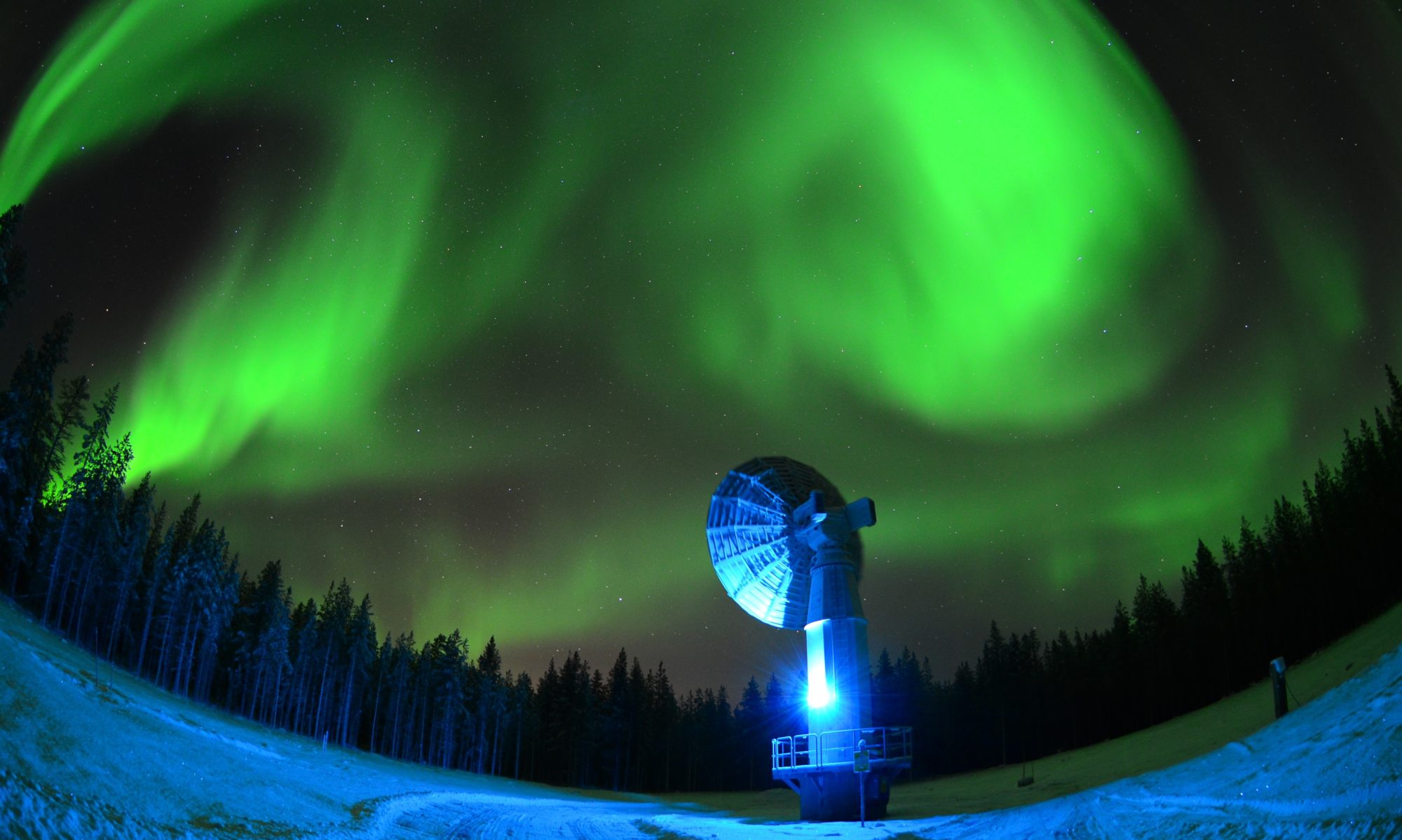SAON developed a framework for assessing arctic observing networks in 2017 and FMI lead a project to use this framework in a value tree for meteorological and oceanographic networks as one of the last efforts in the Finnish chairmanship of the Arctic Council. The results can be viewed on the http://arctic-obs.fmi.fi/ site.
It is good to recognize that efforts in these disciplines for networks between 30°N and 60°N are five times greater than for networks north of 60°N – it’s 810 m€ compared to 178 m€ per year. The table below describes the amount of stations in 30° latitude slices of our Earth according to the WMO Oscar database and related to area of Earth.
| Latitude slice | total | WIGOS | co-sponsored | non-affiliated | area % | land % |
|---|---|---|---|---|---|---|
| 60°N-90°N | 2 218 | 1 352 | 853 | 13 | 6,53 | 3,04 |
| 30°N-60°N | 13 070 | 7 436 | 5 472 | 162 | 18,37 | 8,79 |
| 0°N-30°N | 8 062 | 2 820 | 5 222 | 20 | 25,1 | 6,81 |
| 0°S-30°S | 5 805 | 2 300 | 3 432 | 73 | 25,1 | 5,66 |
| 30°S-60°N | 4 120 | 917 | 3 199 | 4 | 18,37 | 0,91 |
| 60°S-90°S | 712 | 165 | 547 | 0 | 6,53 | 2,53 |
Comparing network densities between the most developed world in 30°N-60°N and the Arctic (>60°N), Arctic observing networks would need to be roughly doubled for the same level of information. Land-based networks a little less than monitoring over sea areas. The WMO global observing system WIGOS is largely land-based, while co-sponsored networks are mainly observing systems on the sea co-organized by WMO and IOC. Non-affiliated networks are stations from research organizations/universities.
Doubling the efforts for Arctic Observing networks seems pertinent for meteorology and oceanography. Other observing systems for biodiversity or pollution have not been analyzed, so also the expansion of the value tree exercise is necessary for a holistic view on Arctic Observing needs.


